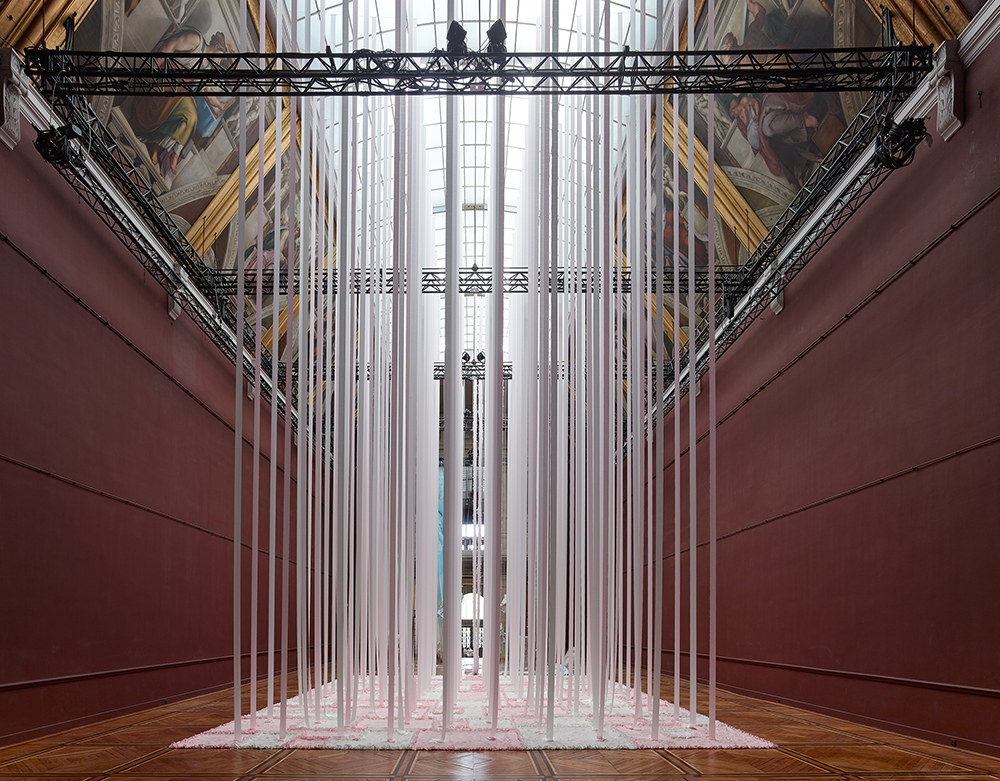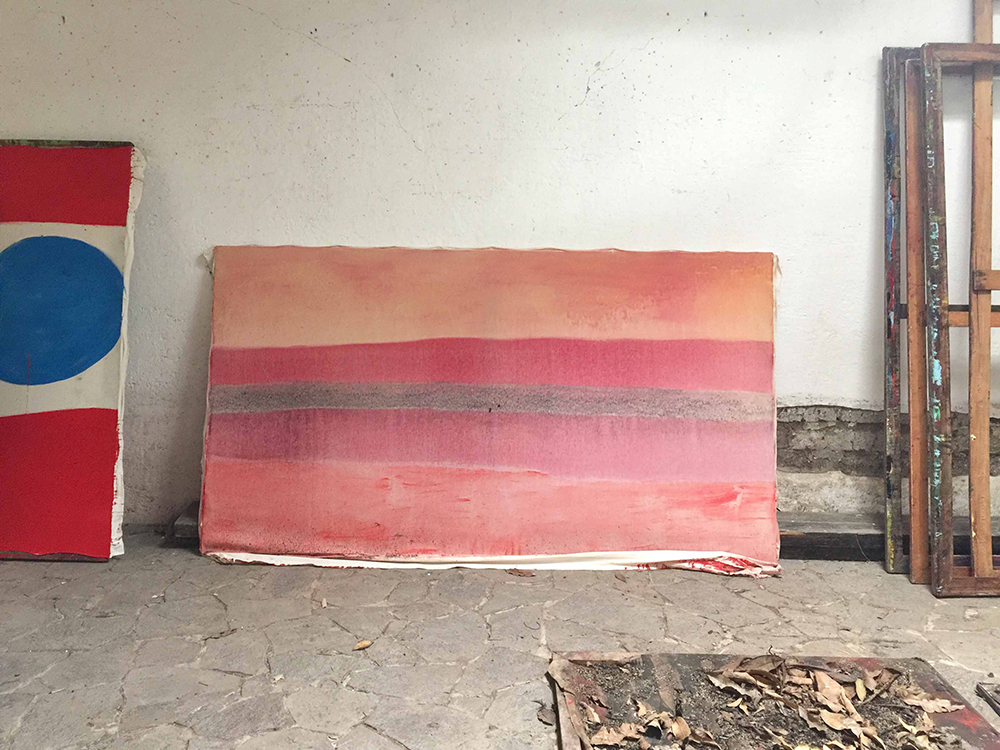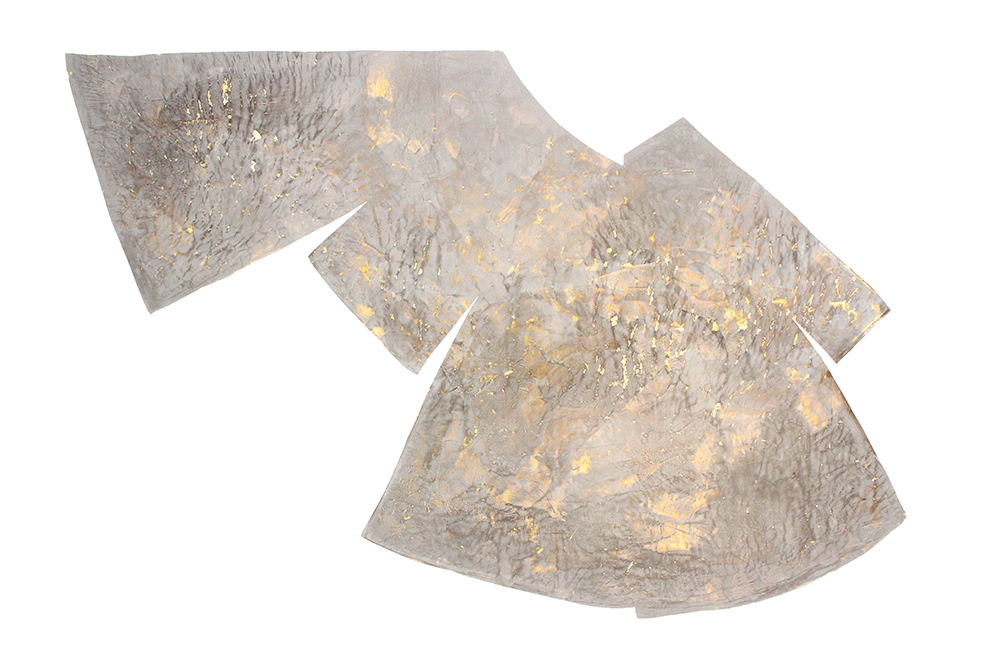Putting things into boxes can be tantamount to building walls. For the forward-thinking, rigid social definitions are so passé, with everything from gender to
genre expanding in meaning. The Power Plant Contemporary Art Gallery has been embracing this fluidity of expression for years, but never quite so much as it does now. For fall, three new thought-provoking exhibitions join Abbas Akhavan’s “Variations on a Landscape”, which opened in the gallery’s Clerestory last June.

One is a solo show by Karla Black, a Glasgow-based artist known for incorporating everyday materials like eyeshadow and toilet paper into her work. “The work can also get us to question our perceptions and cultural associations, like the gendering around certain colours or materials, such as domestic products,” explains curator Nabila Abdel Nabi. For Black’s exhibition at The Power Plant, her first solo show in Canada, she’s creating an immersive sculpture in the Canadian Tire and McLean galleries. “Her works also often hover between various media—not quite painting, not quite installation. They tend to challenge these boundaries,” says Abdel Nabi. “It is a visceral experience to step into the presence of her sculptures, which can be quite monumental and delicate simultaneously.”

Joining Black is Vivian Suter and her mother Elisabeth Wild. The two live and work on the site of a former coffee plantation in Guatemala where Suter’s studio was flooded—first in 2005 by Hurricane Stan, and again in 2010 by Tropical Storm Agatha. The space was filled with mud, which left its mark on Suter’s can-vases and creative process. Since then, she’s taken her work out of the studio and into the elements, giving them time to be completed by whatever nature brings, be that insects, curious dogs or avocados falling from trees. Suter’s site-specific installation, which references the hanging and draping of canvases in her studio, will be shown in the Royal LePage gallery, which has large windows opening onto a view of Lake Ontario. “We really want this sense of porousness between the indoors and outdoors to come across the way it does in her studio setting, which so deeply informs her approach,” explains Abdel Nabi. Alongside Suter’s work will be a set of collages by Wild commissioned for the show. “These are often self-contained universes, and within the tradition of Surrealism, they are drawn from the recognizable world but do not refer to it,” says Abdel Nabi, adding that the works of each artist boasts a strong connection. “There is this beautiful energy between their practices.”

Saskatoon-born, Toronto-based artist Beth Stuart will be presenting a new body of work in her solo show “Length, Breadth, Thickness and—Duration”, part of which includes an outdoor installation known as the Bathing Machine, a Victorian-era contraption where swimmers could change into their bathing suits before heading directly into the water. “At its core, the Bathing Machine is an allegorical structure meant to be experienced as a vehicle for transformative change,” explains Justine Kohleal, RBC curatorial fellow.
The North Gallery will provide a home for Stuart’s garment-inspired pieces, including reworked patterns by designer Madeleine Vionnet and swimming garments, which Kohleal says encourage visitors to consider what contemporary means of societal control over bodies exist. “Breaking down barriers and inciting dialogue is what The Power Plant is all about.”
The Power Plant’s fall exhibition season is on view from October 20 until December 30, 2018, with the Beth Stuart exhibition beginning on September 15, 2018.
